Many people who started repairs and decided to replace old cast-iron batteries with brand new bimetallic radiators face the problem of correctly calculating the number of sections. After all, the main thing here is not to make mistakes, since further coziness and comfort of housing depends on this.

Today, bimetallic radiators are a worthy and most optimal replacement for obsolete cast-iron batteries. But in order for the room to be fully heated, it is necessary to correctly calculate the necessary, for this the number of sections of the radiator.

Calculation of the number of sections
The most common misconception of many people is when they take the number of sections of an old cast-iron battery as the basis. This approach is extremely wrong. It should be borne in mind that the heat transfer of old radiators is much higher and if you install a bimetallic radiator with the same number of sections, the room will not warm up fully.

Another mistake when adding sections simply "by eye". That is, they add a couple of three sections more than the old battery had. This is fundamentally wrong. Without special calculations, taking into account many factors can not do.

Important factors in the calculations:
- The material from which the walls are made and their thickness;
- The height and quadrature of the room;
- The material from which the windows are made, their number and quadrature;
- What type of room is it (storage room, corridor, living room, kitchen, bathroom, etc.);
- The ratio of the area of the room and window openings;
- And an important factor is the climate of the region.

There are a few secondary factors: are there other heated rooms next to the room, on which it is located on the floor, on which walls is it planned to place the radiator (external or internal) and some others.

You can calculate the number of sections yourself, based on some rules, but the data obtained may be inaccurate. It is best to use the services of professionals.

And so, we determine the area of the room, then we multiply the resulting number by 100W (radiator heat transfer), then, the result obtained is divided by the heat transfer number of one section of the radiator (should be indicated in registration certificate). This method does not take into account many factors, from this and its inaccuracy. But for the middle zone of the country, such calculations are quite enough.


-
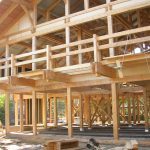 What boards can not be used for half-timbered
What boards can not be used for half-timbered
-
 Why does the grinder work, but the disk does not spin
Why does the grinder work, but the disk does not spin
-
 Features of the installation of half-timbered columns
Features of the installation of half-timbered columns
-
 How to make a rectangular cutout in ceramic tiles
How to make a rectangular cutout in ceramic tiles
-
 How to restore knife marks on a countertop
How to restore knife marks on a countertop
-
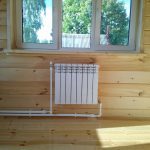 What mistakes are made when the radiator is connected diagonally?
What mistakes are made when the radiator is connected diagonally?
-
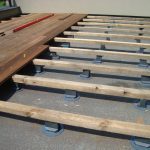 When an adjustable floor is more profitable than a capital screed
When an adjustable floor is more profitable than a capital screed
-
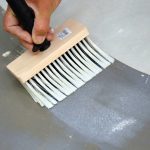 What primers are not suitable for application under fiberboard
What primers are not suitable for application under fiberboard
-
 What installation errors lead to the leakage of the polycarbonate canopy
What installation errors lead to the leakage of the polycarbonate canopy
-
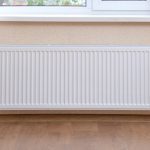 When you need to install heating radiators not under the window
When you need to install heating radiators not under the window
-
 How to paint from spray can without smudges
How to paint from spray can without smudges
-
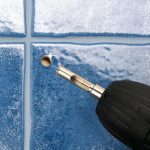 How to cut glued tiles on a wall
How to cut glued tiles on a wall
New publications are published daily on our channel in Yandex. Zen
Go to Yandex. Zen


